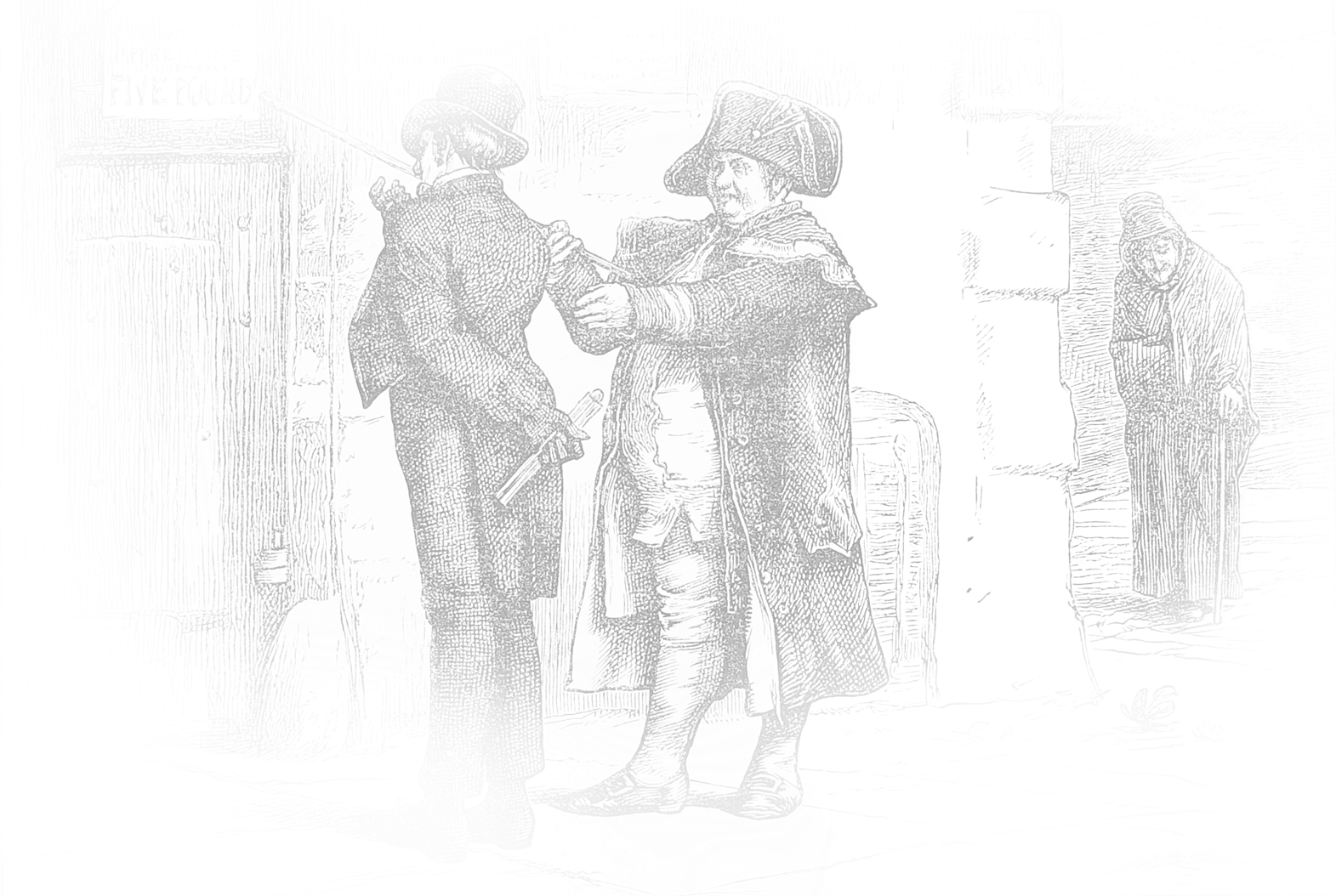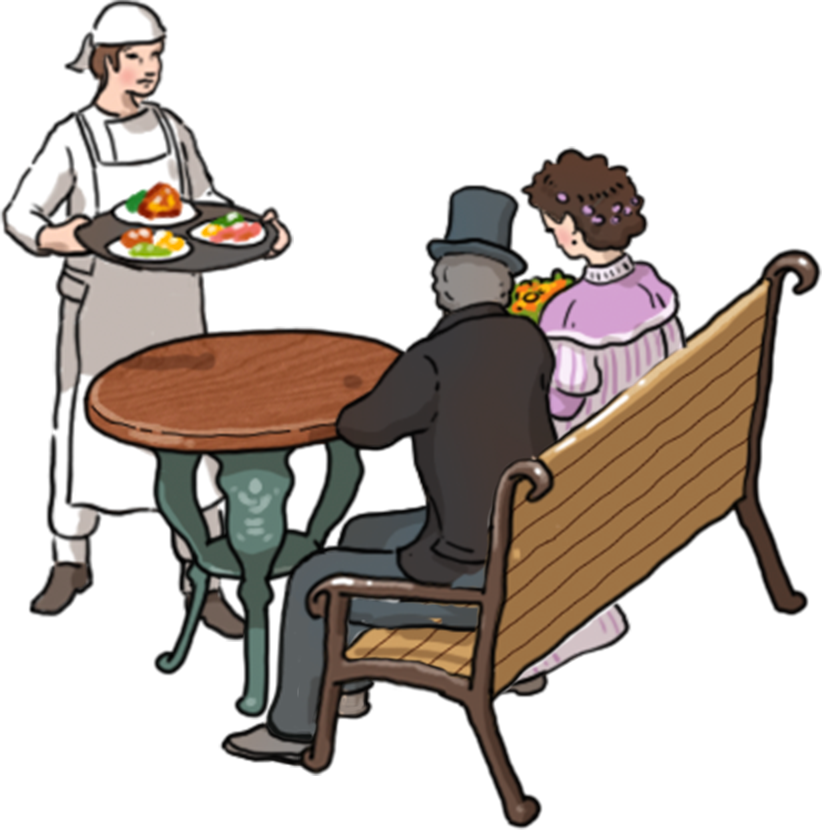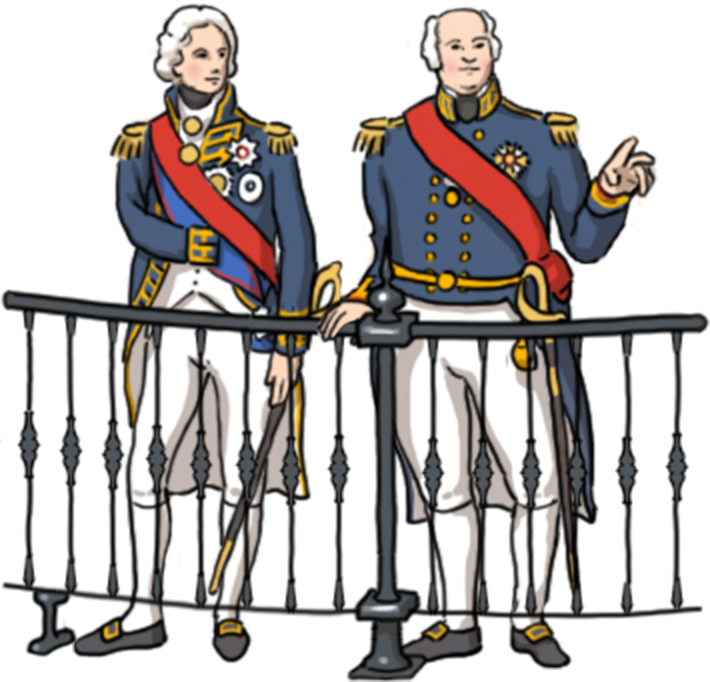
History
Learn more about this historic landmark which has been at the heart of art, culture and literature
Where it all began
Rising elegantly from the River Thames, the Trafalgar Tavern opened in 1837 the year of Queen Victoria’s accession to the throne and was an elegant adornment to fashionable Greenwich in its heyday in the 1830s. This was the decade that transformed the place: the town centre and market were splendidly rebuilt by the architect Joseph Kay, the arrival of the railway from London Bridge coincided with the new steamboats and the town’s reputation as a pleasure resort was firmly established. Greenwich Fair was at its height and in 1839 attracted 250,000 visitors

A Brief History
A historic landmark, where the past lives on in the present.
The Trafalgar was built on the site of the long-established Old George Tavern, whose landlord Charles Hart continued at the helm of the Trafalgar until his death in 1863. In 1865, the London, Windsor and Greenwich Hotels Company was formed to unite the ownership of the Trafalgar, Ship and Yacht taverns and in 1896 George Damiral, former mariner and local confectioner took it on as the Trafalgar Hotel, running a sweet manufactory in the basement. The Trafalgar closed in 1915 and variously became an institute for aged merchant seamen, a working men’s club and a centre for the unemployed. It was saved from demolition in 1937 by being converted into flats for the navy and did not reopen as a public house until 1965, when its old interior was gutted and lavishly remodelled by craftsmen from Pinewood Studios giving every appearance of 1960s film set.

A bold and ambitious plan
In the twenty-first century, the dazzlingly decorated Trafalgar Tavern retains the essence of nineteenth-century opulence and cherishes its position as the heart and soul of maritime Greenwich. Its unique location, history and traditions are reflected in the magnificent art collection that decorates its extraordinary interior. The Trafalgar has always been celebrated for its famous whitebait dinners, frequented by London’s literary, artistic and political circles. Among them was Charles Dickens, who used it as the setting for Bella Wilfer’s wedding breakfast in his novel Our Mutual Friend. The Tavern’s elegant bow windows and canopied balconies, immortalised by the artist James Tissot, are the epitome of late Regency taste and present a unique glimpse of authentic seaside architecture in London. Seated at the Trafalgar Tavern alongside the sights and sounds of the rise and fall of the tidal Thames evokes the pleasing sensation of being afloat. Welcome aboard!
